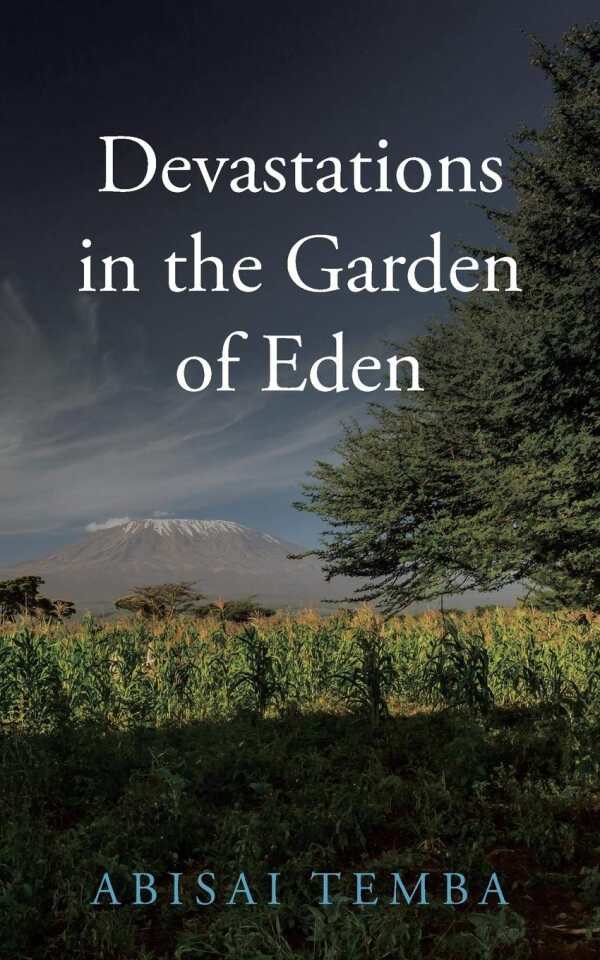It looks like you've stumbled upon a page meant to be read by our code instead of viewed directly. You're probably looking for this page.
Devastations in the Garden of Eden
The ardent discussions of Devastations in the Garden of Eden bring attention to the degradation of what was once one of the most spectacular scenes in Africa.
Abisai Temba’s environmental research title, Devastations in the Garden of Eden, focuses on years-long and disconcerting degradation around Mount Kilimanjaro.
The work traces the history of the area forward to its current situation, likening Kilimanjaro’s environs to biblical Eden and its story of humanity’s banishment from a place of profound beauty. To uphold this comparison, it discusses the natural grandeur of the Mount Kilimanjaro region, grandeur that it asserts is fast disappearing because of human encroachment. It argues that humanity also loses out in this situation: the resources that were once available to them are now less so.
Compelling as it emphasizes the urgency of the situation, the book suggests that action must be taken to deal with issues as they arise. It details problems including adverse weather changes, water shortages, and pollution, also covering their effects, including increased poverty levels. The book’s presentations of such issues are passionate.
The book’s persuasiveness is undermined by its tendency to repeat itself, though. Details about the Wakonyingo, an ethnic group believed to have been the first settlers near Kilimanjaro, appear multiple times without variation, as does information on oil erosion that’s perpetuated by communities who keep livestock.
Some information contradicts itself. At one point, the book argues that environmental degradation is a divine punishment for disobedience; it is elsewhere credited to lack of knowledge regarding adverse effects, perpetuated by people not aware of God’s commands. Other factors, including global climate change and increases in the human population, also play a role, without being given their due.
Each topic is examined in great detail. For example, when discussing pollution, the book considers different types of pollutants with care; with air pollution, its causes, adverse effects on health, and impact on the environment all explored.
Grammatical errors undermine the book’s presentation; they include missing and excess characters, malapropisms, and improper capitalization. Exaggerations (the book likens the Kilimanjaro mountain area’s devastation to the results of the bombs dropped on Hiroshima and Nagasaki; it also asserts that people around Kilimanjaro are the best businesspeople in Eastern and Southern Africa) make the work less credible. The book’s decision to limit its citations to others of Temba’s works furthers this sense, though its own research is thorough.
The ardent discussions of Devastations in the Garden of Eden bring attention to the degradation of what was once one of the most spectacular scenes in Africa.
Reviewed by
Edith Wairimu
Disclosure: This article is not an endorsement, but a review. The publisher of this book provided free copies of the book and paid a small fee to have their book reviewed by a professional reviewer. Foreword Reviews and Clarion Reviews make no guarantee that the publisher will receive a positive review. Foreword Magazine, Inc. is disclosing this in accordance with the Federal Trade Commission’s 16 CFR, Part 255.
